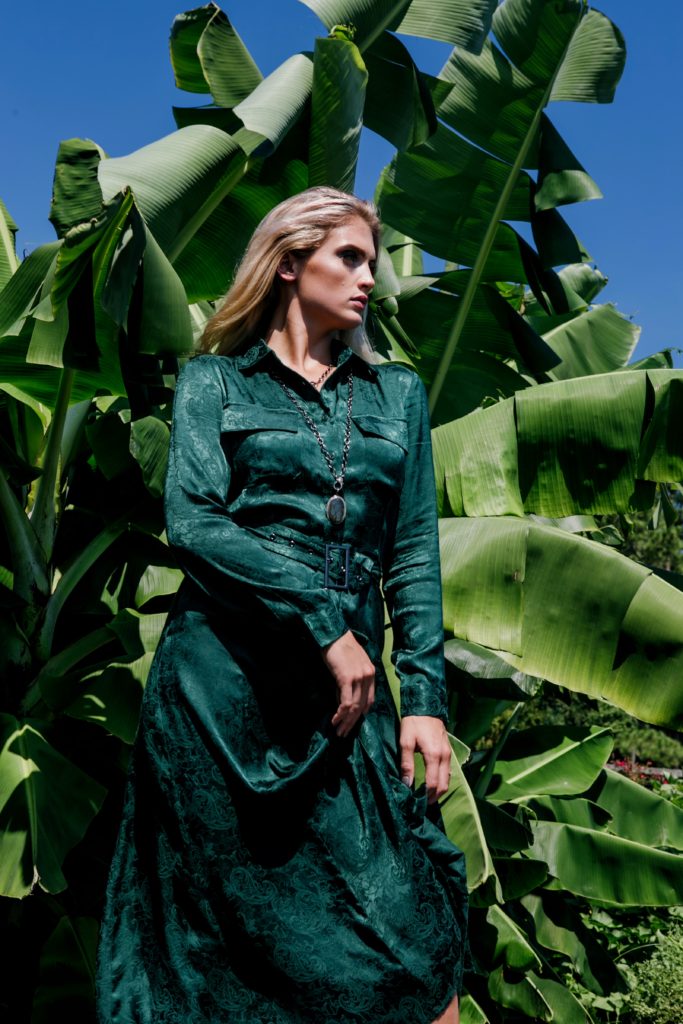
Being a fashion photographer can be an amazing career, fulfilling hobby or lucrative side hustle. No matter what your motivation for pursuit, the trade is full of freedom and flexibility. With the right equipment, model, setting, lighting, and accessories you can tell your client’s story any way your perspective allows.
The scene belongs to you – you can be a fashion photographer anywhere, in any locale, and with the most stark or lush environment as your backdrop. As a fashion photographer, your possibilities are limitless. After all, you can manipulate a visual narrative thousands of ways. Your eye, your style and your subject matter hold the potential for stunning art!
This stated, you must work through each component of the discovery process . Anyone with the desire to learn and who practices often can become proficient. However, having clarity on relevant steps to success are key and can save you time and trouble. As such, I welcome you to follow the seven suggestions outlined below. This will save you from making mistakes and help you grow and develop into the most capable photographer you can be!
1. Get to know your equipment:
1. Get to know your equipment: You have to get to know your equipment well so you can generate the best and most meaningful pictures for your clients. Enabling good exposure and composition is vital, so choose a camera with a lens that produces both. Remember your equipment is not a toy. Having the best and brightest is impressive, but the toy does not dictate the hand or imagination which wields it. Whatever camera and equipment you buy should align with achieving your creative vision. It does not need to be the most expensive! Or even the newest. I’ve purchased A-1 rated used equipment before. With the right equipment and practice you can capture amazing photos. Remember, you must handle your camera as much as possible before your first shoot. Familiarizing yourself with your equipment should happen when you have time for trial and error. If you take the necessary hours to train with your camera and other gear, a higher chance will exist of getting the images right in the camera first during a photo shoot, instead of trying to fix them during post-production.
Need some recommendations? I’m a die-hard fan of Canon ( no shame to Nikon users) cameras and Profoto Lighting systems. Check them out. I use a combination of the A-1’s and B10′s. I’ve been able to downsize my lighting into easy to carry loads. I five piece lighting system fits into my Think Tank bag and the Profoto backpack. All lights are self-contained, light and rechargeable. Which translates to “perfect for location” shoots.
Cultivate great relationships:
2. Cultivate great relationships: Select positive people to be on your fashion photo shoot team. In the beginning your team may only be you and your model, but it’s wise to involve other practiced experts in your fashion photography shoot. These professionals understand their crafts, and can save you precious time with hair, makeup and styling. You can use these minutes and hours instead to take amazing images. Using digital resources identifying these professionals has never been easier. You can also involve your friends and family when you start fashion shooting. Once you select your team, send them introductory material such as finished images from previous photo shoots or the vision board for your upcoming set. After you build a decent portfolio you can also advertise for the team you want.
3. Get inspired with a vision board:
3. Get inspired with a vision board: Vision boards are canvasses for curating what you want to see brought to life in your fashion photo shoot. Inspiration for your board can derive from websites you enjoy, pinterest boards, magazines and even other images you’ve shot. There are tons of beautiful sights and scenes to collect for your vision board. Pooling them will create themes you can draw on to create the unique style and atmosphere you want for your fashion shoot.
Additionally, create moments in your day or longer time periods to consider the composition of your vision board. Place your mind in a space where you can feel inspired to generate or change your plan. This will ensure your vision board reflects the look you want during your photo shoot.
Take a walk. Go for a drive. Find the places and people that get your creative juices flowing.
4. Find a model:
4. Find a model: When it comes to identifying talent to shoot, the sky’s the limit! Friends and family can serve as your first models. When you’re ready to widen your world consider attending community events or networking to find the person with the exact look you want. Become friends with other photographers by joining local groups. Ask where they find their models, or query if they know models who might want to work with you. Mutual benefit can be key, as many models need to build their portfolios like you need to build your fashion photography folder. Apply the same principle to musicians, actors and other performers who need exceptional and diverse pictures as much as you need experience. Consider canvassing local universities, either to work with students visual arts professors. If you are outgoing and can leverage your charisma, consider going to chic restaurants or clubs. Offer to shoot their venues and staff for free. This is a great way of snagging access to an exclusive location and an excuse for befriending their attractive employees.
5. Arrange a test shoot:
5. Arrange a test shoot: Once you have a model, schedule a test shoot. Select a location by scouting venues and outdoor spaces in your area. Scouting a location is not as simple as visiting it. While you’re there try to find out where the natural and non-natural light tends to fall. This will inform where and how you arrange your model and accessories. If it’s an outdoor location your equipment’s placement may need to move based on time of day, weather, or congestion (if the location is public). Take notes on your observations. You may not think so now, but these notes will be critical to capture details you may want access to months or years from now. Interface with the environment while planning your test shoot so you are comfortable telling a visual story there. When all the preparation is complete, execute your test shoot!
6. PRACTICE!
6. PRACTICE! You heard that right. Shoot fashion images as often as you can. You want the honest truth? Well here it is. Things are going to go wrong. You are going to be met with challenges. And when you do you are going to have clients, models, and assistants there. The “buck stops with you” and you need to be confident and able to handle a crisis situation. Whether it’s a camera malfunction, lighting situation or even wardrobe 911, if you have had the practice and experience, you can handle these situations without breaking a sweat. Or at least without your client getting the impression that you are. And that makes all of the difference.
Can I just say as well, that knowing your equipment, lighting and working with people and having confidence in that allows you the freedom to be an artist and explore your creativity.
7. Collaborate and Create:
7. Collaborate and Create: Once you start down the path of being a fashion photographer it will be important to work with your team to conceive and produce profound images. Reach for success outside your comfort zone. Design original settings and looks with your partners. Be exciting. Striving is how you grow as an artist. Taking photos is preserving pieces of your imagination. In time your deliverables will be how clients will view your quality and character as an artist. Believe in collaboration and using and respecting the talents of others. Team up with creative, positive people and create a community that breeds growth not envious competition.
Becoming a fashion photographer is not only rewarding, but is also a skill that you can use as an outlet for your eye, and for your ingenuity. No matter why you want to develop your artistic skills, with the right equipment, subject matter, setting, and skills you can tell stories and make impressions that move people.
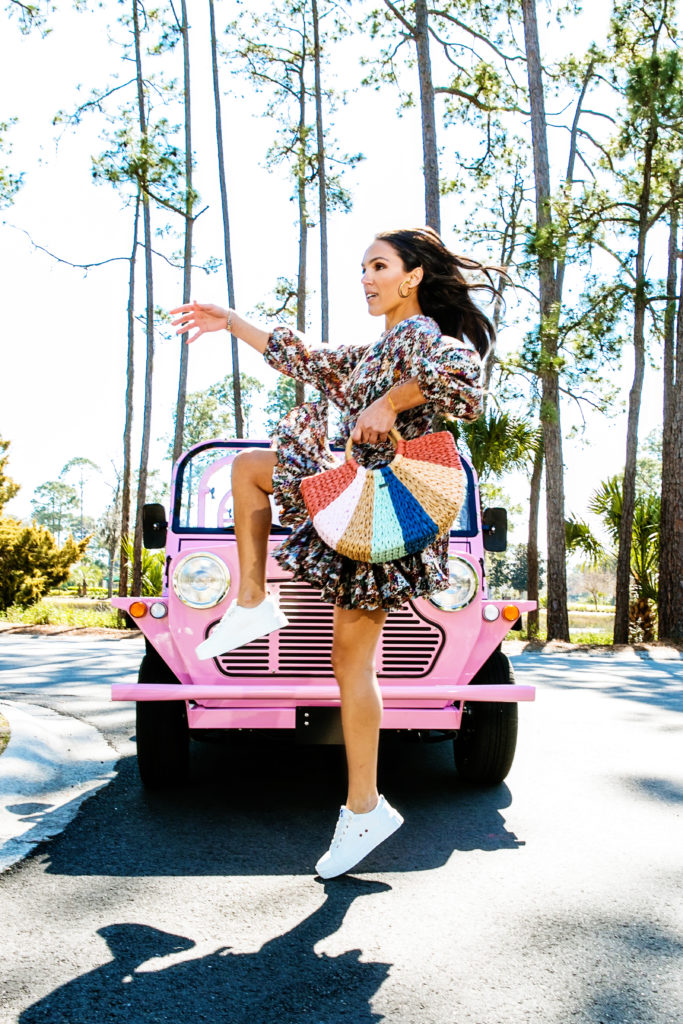
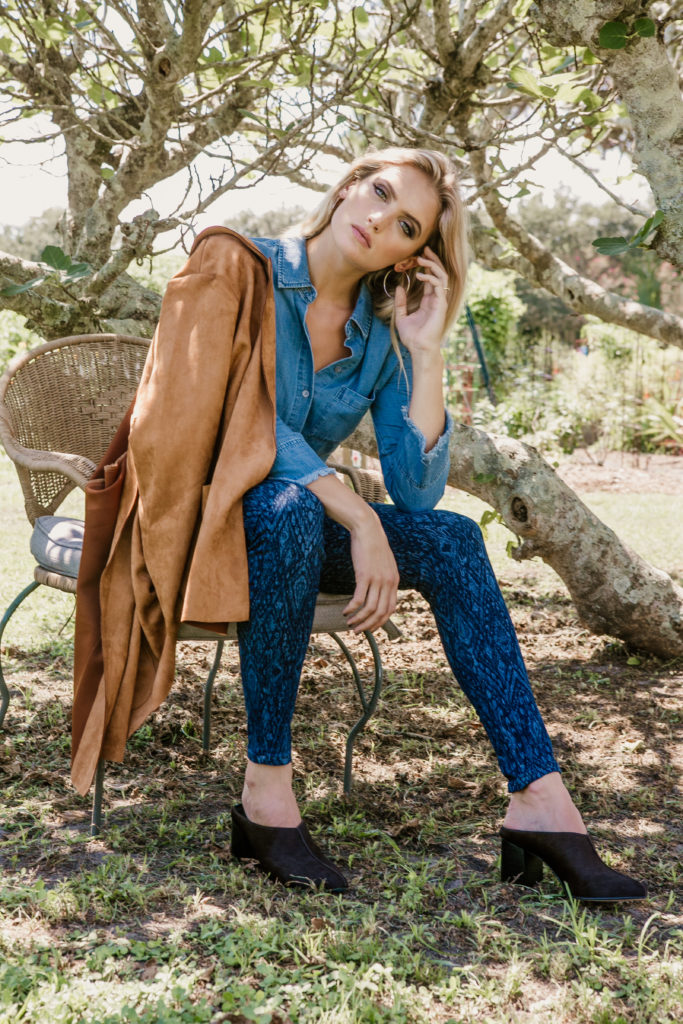
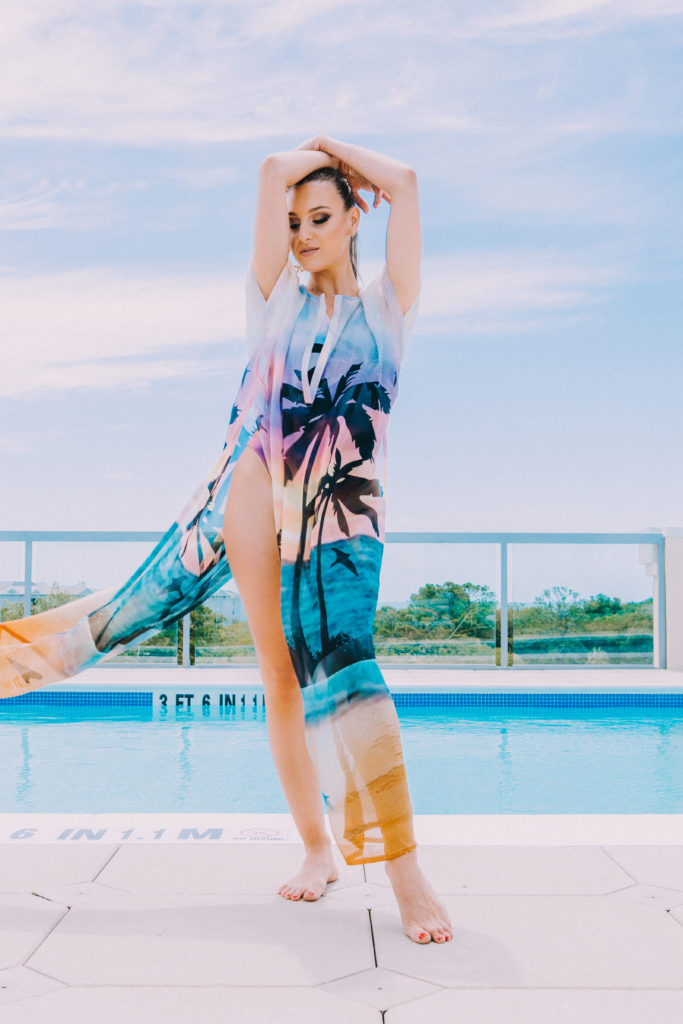
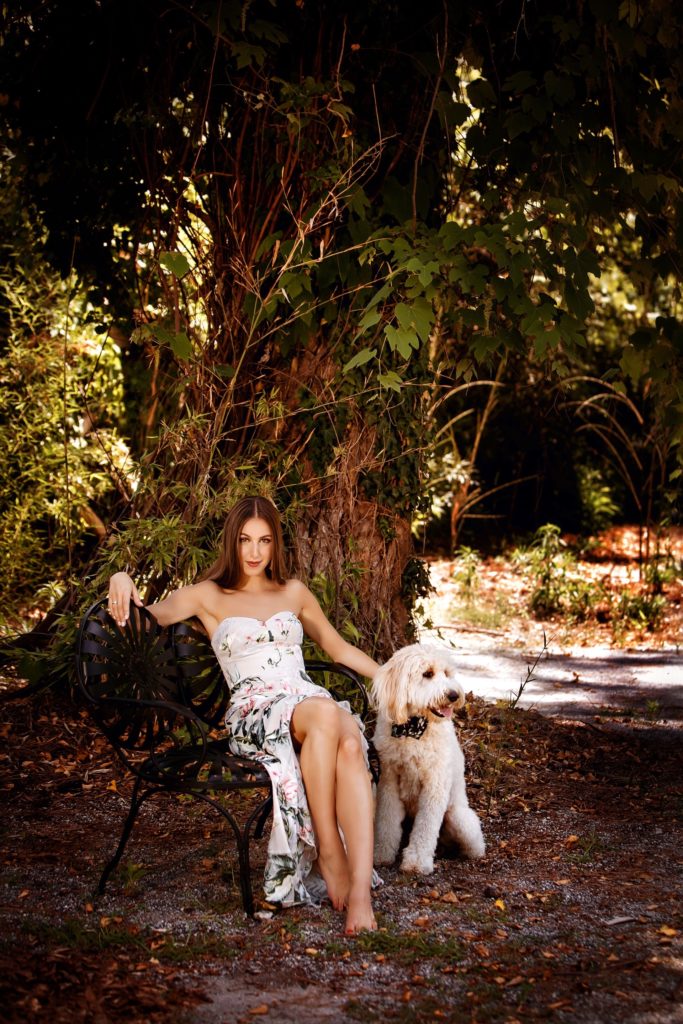
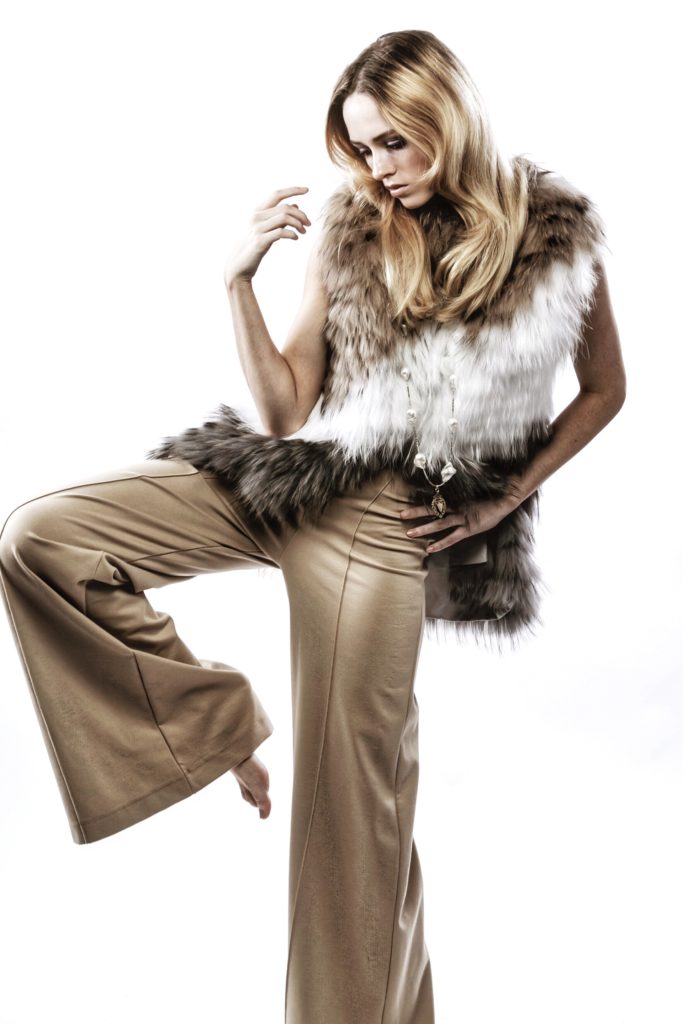
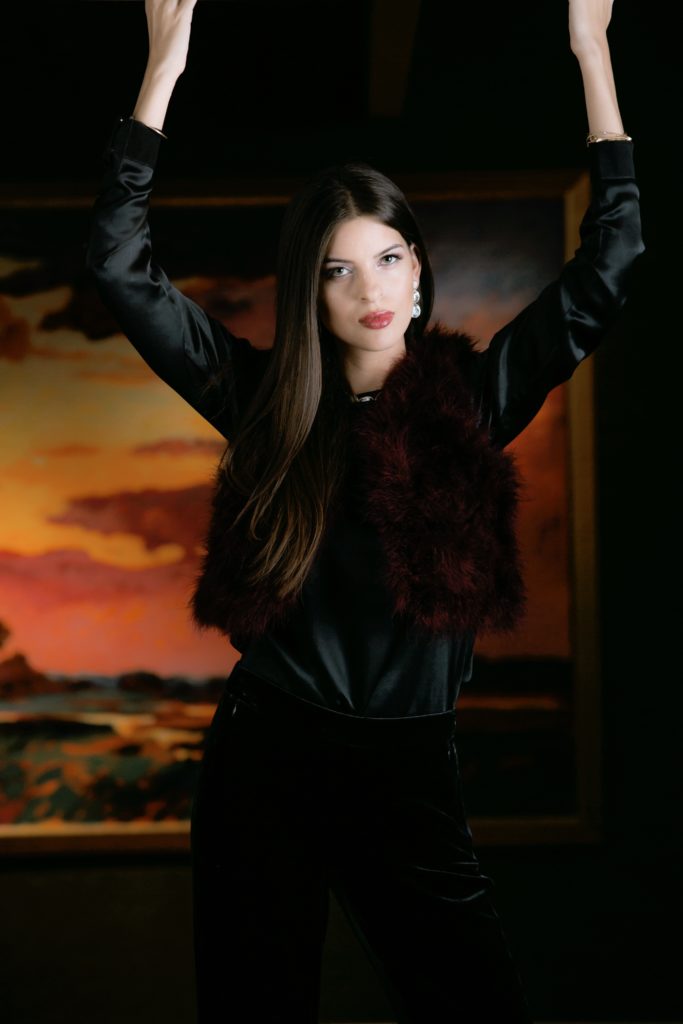
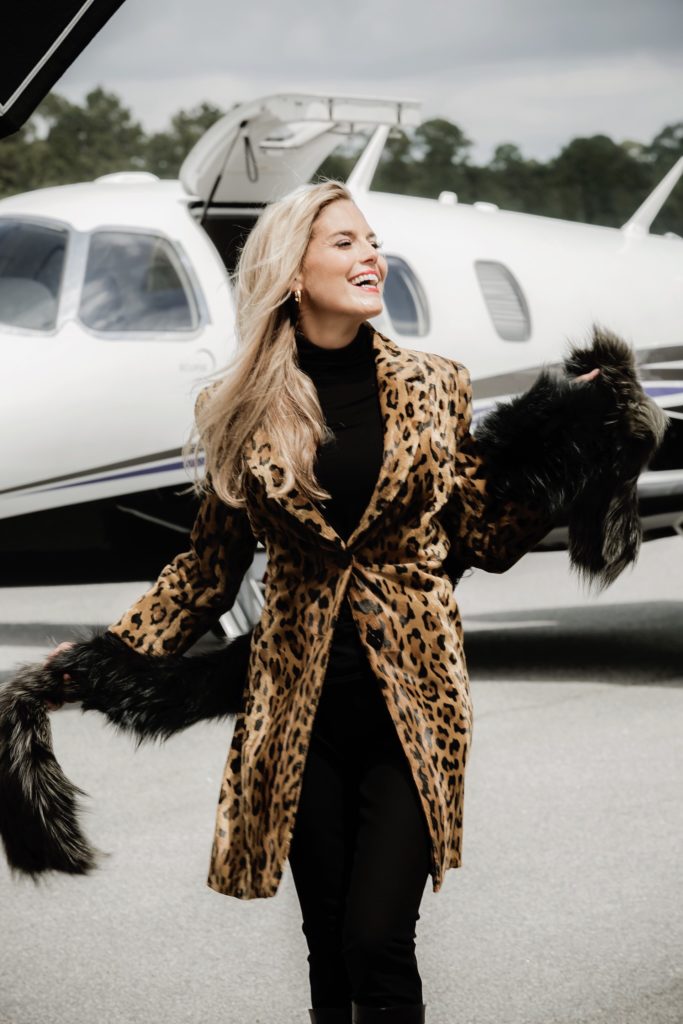

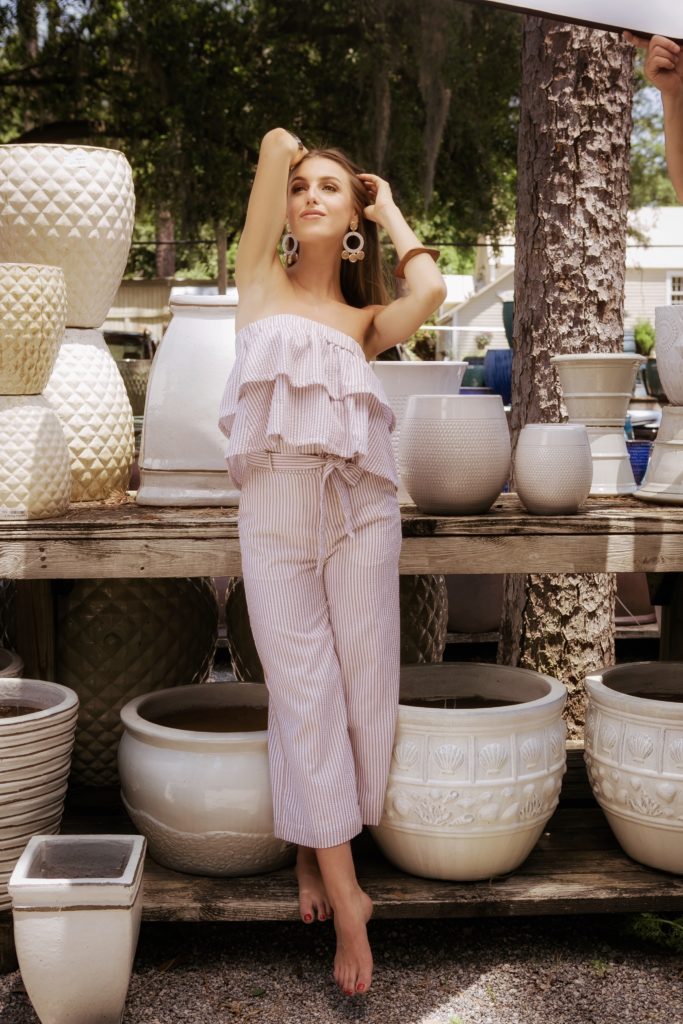
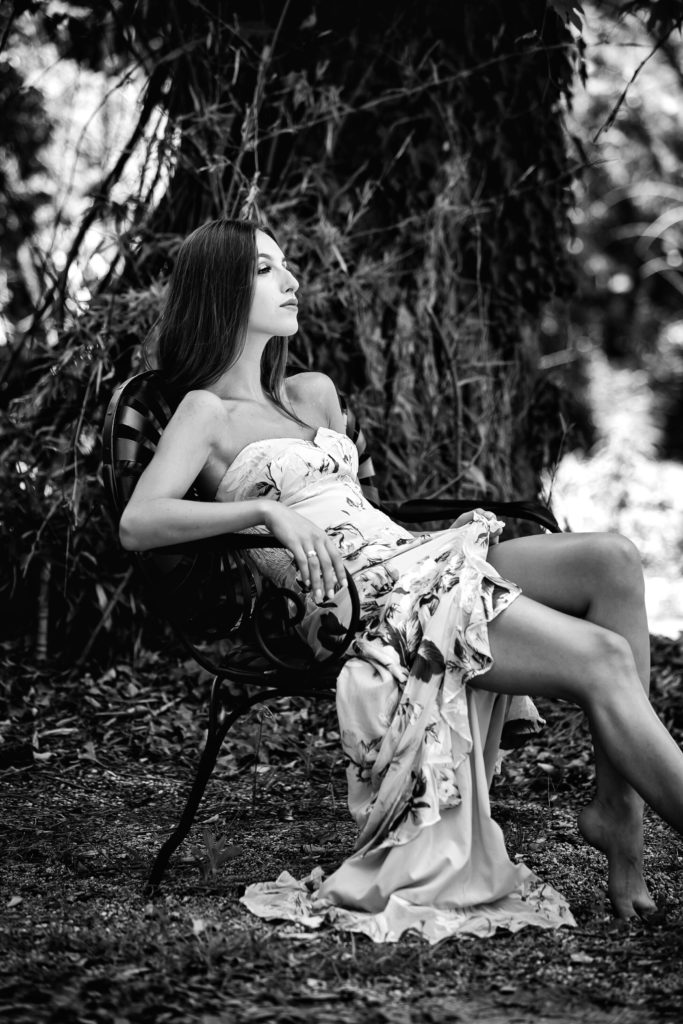


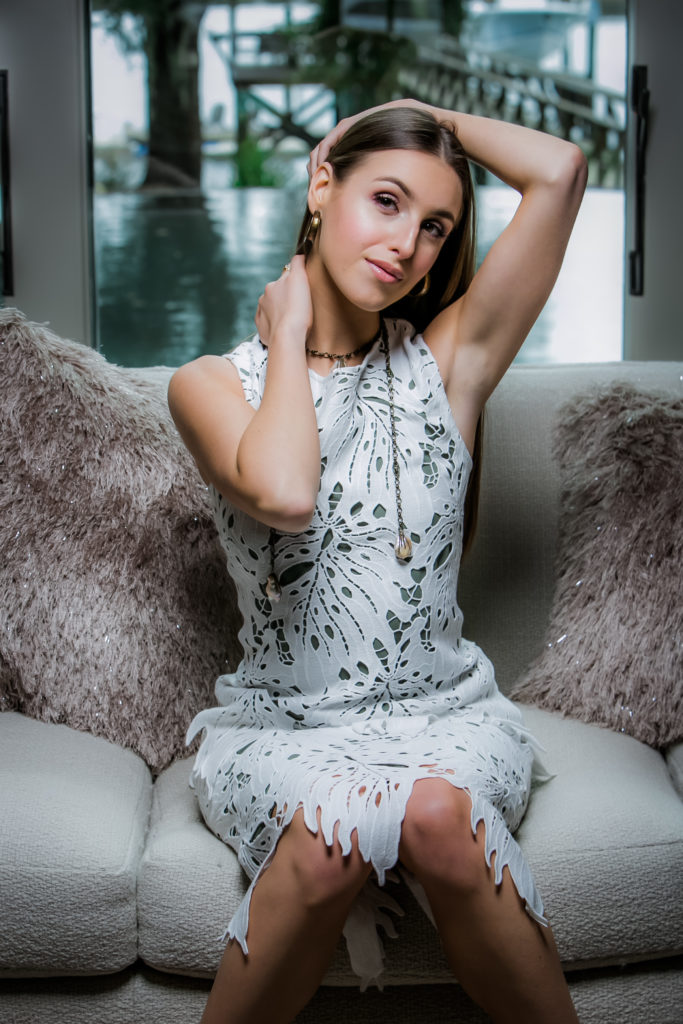
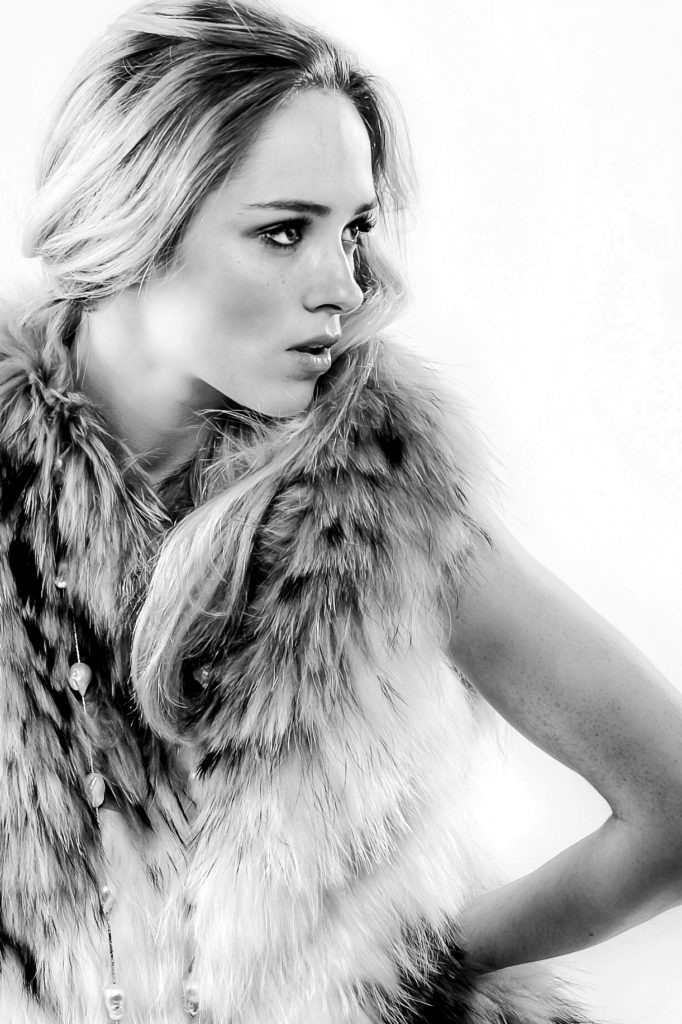
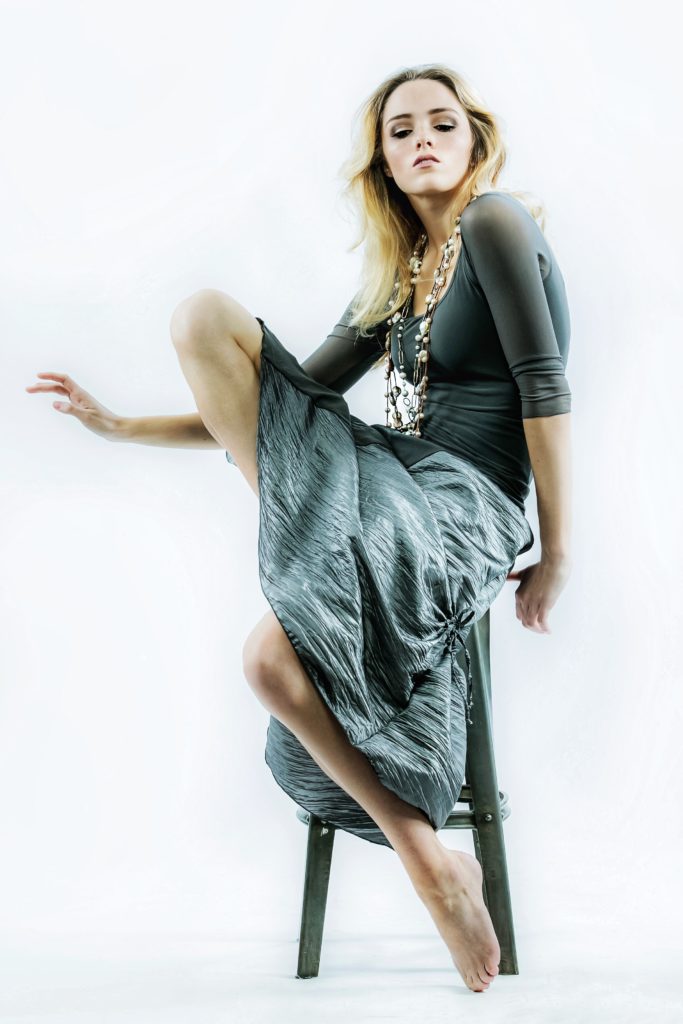
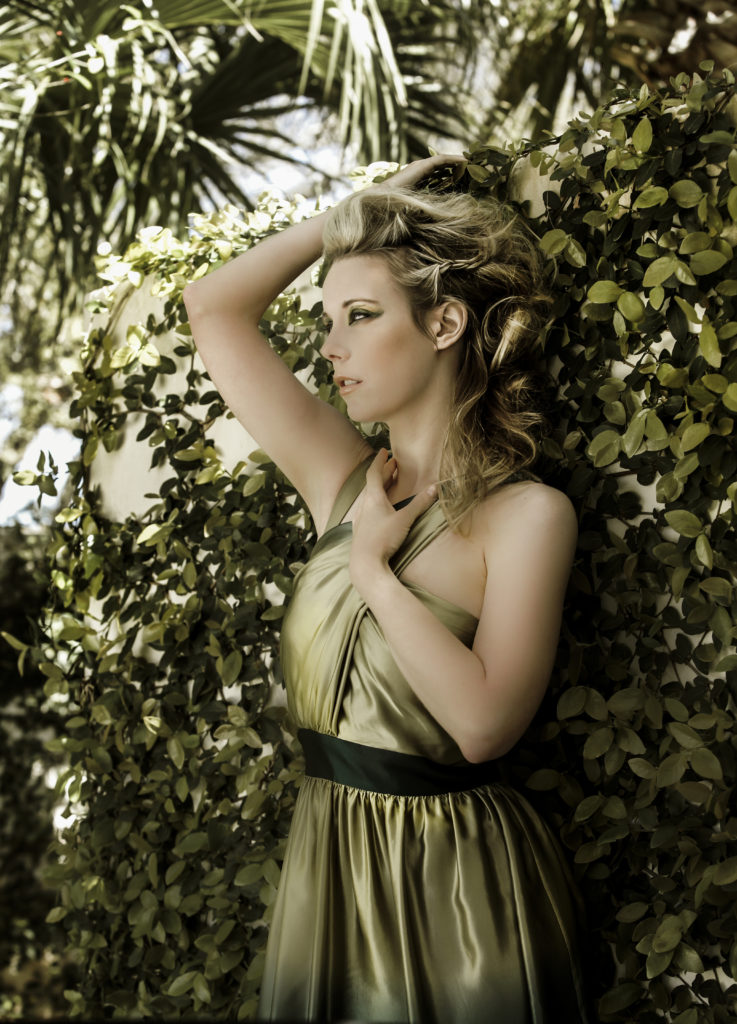
comments +